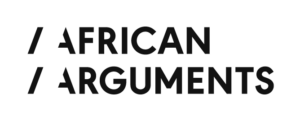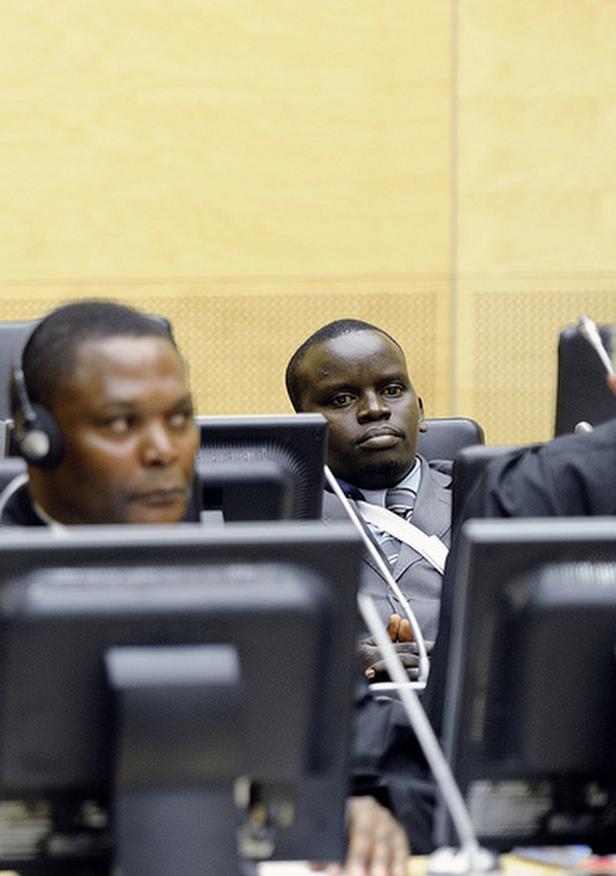Africa Insiders: Explaining East Africa’s plague of locusts


Desert Locusts swarm. Credit: Adam Matan (CC)
The essentials: Massive swarms of locusts are currently active in Somalia, Kenya and Ethiopia. They are threatening the food security of millions in the whole region. The plague is the result of both natural breeding cycles and human-made climate change.
The context: Locusts are a family of insects that bear a strong resemblance to grasshoppers, but come with a critical difference: under the right environmental conditions, they can change both their behaviour and physiology. If they encounter a period of heavy rains after a dry spell, the ordinarily solitary animals will band together and form swarms of millions that start migrating to take advantage of the suddenly abundant supply of food. In the current outbreak, the main species of concern is the Desert Locust.
Because these swarms can cover up to 150km per day, with females continuing to lay eggs and each insect eating its weight in green vegetation every day, these plagues can devastate agriculture production of whole regions within a short amount of time and last for several years. Under the right conditions, locusts can multiply 20-fold in three months. Past plagues have impacted more than half of the world’s developing countries at the same time. The last major plague recorded by the Food and Agriculture Organisation (FAO) lasted for 13 years through the 1950s and parts of the 1960s.
It is possible to control the development of plagues, using both chemical pesticides and naturally occurring fungal spores. Still, both methods require aerial spraying, which is expensive and relies on infrastructure and access to the areas where locusts congregate.
The current escalation of the locust crisis in Somalia, Ethiopia and Kenya may spread to other countries and could undermine the food security of millions of people. The trigger was the Indian Ocean Dipole, a phenomenon that has caused extreme drought in Australia but led to torrential rain in East Africa. While a naturally occurring phenomenon, the Indian Ocean Dipole belongs to the category of climate systems that are becoming more frequent as the atmosphere heats up due to human-made climate change.
The FAO, which is tasked with monitoring and coordinating the management of locusts, has said that the current plague is particularly challenging to manage due to the remoteness and insecurity of the areas affected. Ethiopia and Somalia are already experiencing the largest locust swarms in 25 years, while Kenya hasn’t seen swarms the current size in 70 years.
The way forward: The FAO is seeking $70 million to jumpstart locust management and assist people’s livelihoods in the three countries most affected. The organisation is also warning that Egypt, Eritrea, Saudi Arabia, Sudan, and Yemen are seeing substantial breeding activity and that South Sudan and Uganda are at risk of being impacted by migratory swarms. With only a few countries on that list having the institutional and financial capacity to fend off a plague on their own, the financial need could expand significantly in the coming months.
Ultimately, this plague is as good an example as any of how climate change will manifest itself in Africa and beyond, and how it will interact with other dynamics. It underscores how important funding for the mitigation of climate risks has become and that these risks need to be defined broadly and addressed preemptively as much as possible.
- The FAO Desert Locust Watch offers the latest updates, maps and forecasts on the situation
- The FAO’s Desert Locust Guidelines offer detailed information on the biology, behaviour and management of the insect
- Massive, border-spanning campaign needed to combat locust upsurge in East Africa (FAO)
- Key facts on Locusts (FAO)
- Urgent action needed to stop locust invasion in eastern Africa (The New Humanitarian)
- Season of the unstoppable desert locust (The East African)
- ‘Even cows are wondering what is happening’: Locusts ravage east Africa in largest outbreak for 70 years (The Independent)
- AP Explains: How climate change feeds Africa locust invasion (The Star)
Pay what you want for the FULL Africa Insiders Newsletter! We send out multiple stories per week, including in-depth analysis of current elections and public health emergencies.
The Africa Insiders’ Newsletter is a collaboration between AfricanArguments.org and @PeterDoerrie, with contributions from @_andrew_green and assistance from Stella Nantongo. Part of the subscription revenue is funding in-depth and freely accessible reporting and analysis on African Arguments.






